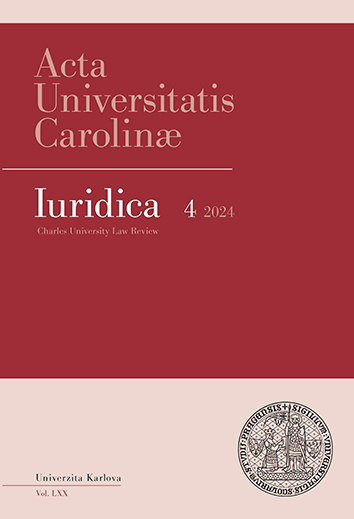Alternatives to Judicial Balancing: Interpretative-subsumptive Method according to Juan Antonio García Amado
Alternatives to Judicial Balancing: Interpretative-subsumptive Method according to Juan Antonio García Amado
Author(s): Marin KeršićSubject(s): Law, Constitution, Jurisprudence, Constitutional Law, Human Rights and Humanitarian Law, Philosophy of Law, Comparative Law
Published by: Univerzita Karlova v Praze, Nakladatelství Karolinum
Keywords: artifact; legal system; function; essentialism; conventionalism; minimum content of law
Summary/Abstract: The paper deals with the problem of conflicts between fundamental rights by presenting and analysing one of the possible methods for the resolution of such conflicts. The method in question is the so-called interpretative-subsumptive method, developed by Spanish legal philosopher Juan Antonio García Amado. The interpretative-subsumptive method represents an alternative to the mainstream method used for the resolution of conflicts between fundamental rights – judicial balancing, and particularly the version developed by Robert Alexy. After the introduction, interpretative-subsumptive method is contextualised by presenting Garcia Amado’s ideas which are of relevance for the inquiry – his inclusive legal positivist views, the theory of legal interpretation he ascribes to and his understanding and typology of fundamental rights and their conflicts. After that, in the central section of the paper, the theoretical framework of the interpretative-subsumptive method is presented, along with its application to a Spanish Supreme Court case, followed by the criticism that has been raised and ending with conclusions.
Journal: Acta Universitatis Carolinae Iuridica
- Issue Year: 70/2024
- Issue No: 4
- Page Range: 31-42
- Page Count: 12
- Language: English

